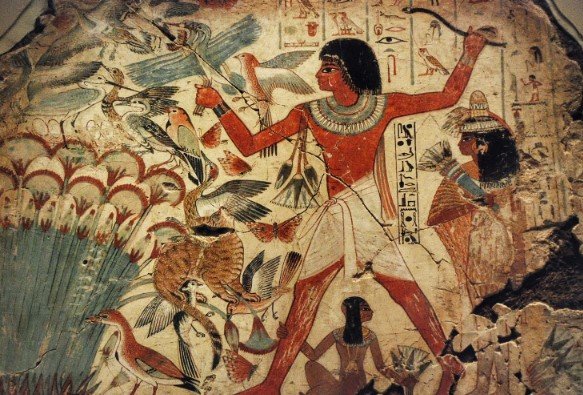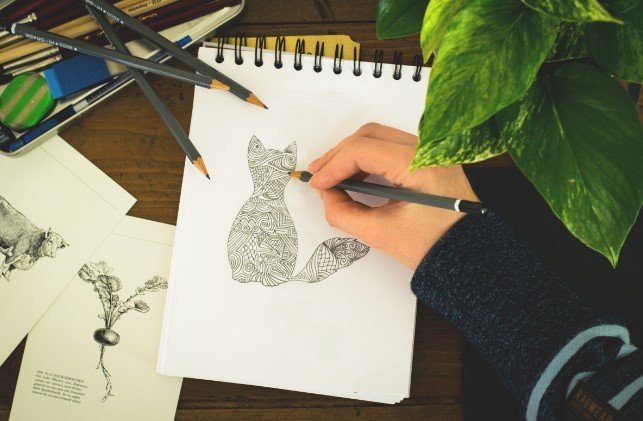What is Calligraphy Art?
Calligraphy Art is as old as time, a constant reminder to humanity that we have successfully made it to civilized ways and are still very much connected to our roots, as this skill has traveled with every generation to reach us, so we can be proud of mastering this art to showcase our characteristic brilliance.
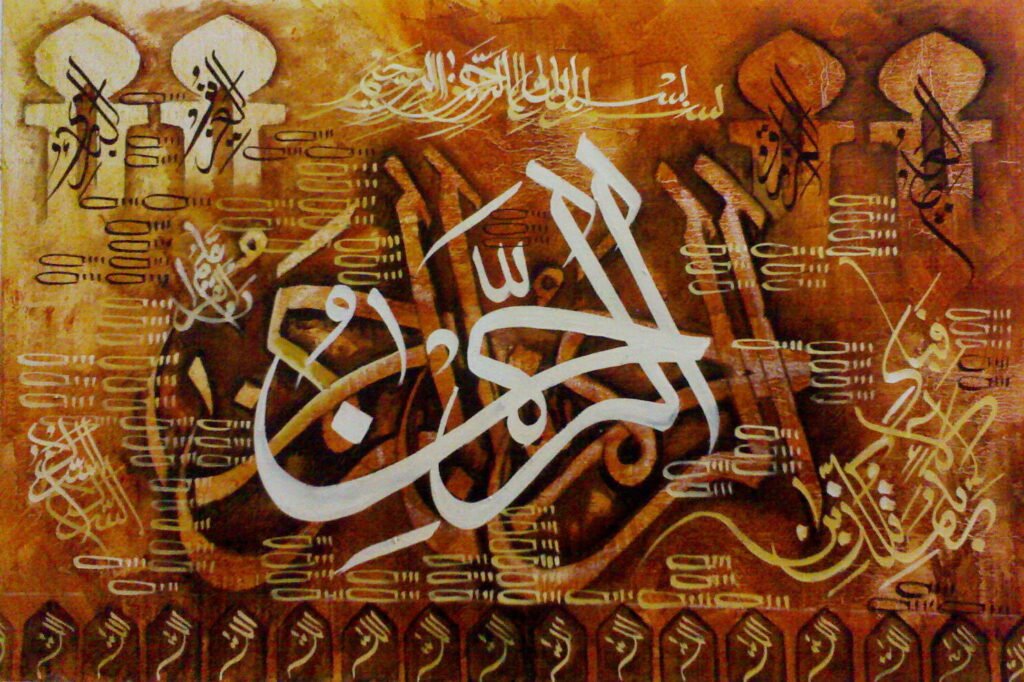
Lastly, this article aims to educate our customers and readers about the origins of Calligraphy Art, its value in diverse cultures, its traditional as well as modern applications around the world, and its spiritual significance.
Celebrating Calligraphy Art with Local Talent
At Raaigani, we are fortunate enough to be living in times when Calligraphy Art is still abuzz; therefore, we are excited to offer our valued customers some of the most sought-after Calligraphy Art pieces, designed by talented local artists.
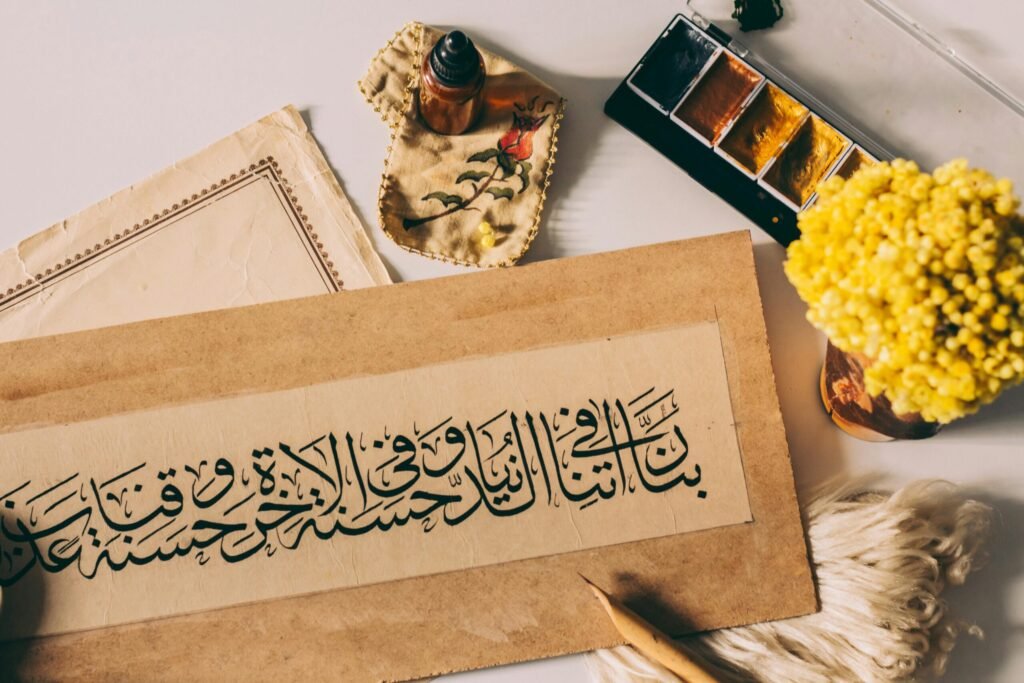
In this way, Raaigani aims to support emerging talent and celebrate culture visualized through Calligraphy Art.
The Timeless Origins of Calligraphy Art
Even though the word Calligraphy is an ancient Greek word, the true origins of Calligraphy art go much further back in time. In this section, we will explore the history of Calligraphy from the dawn of civilization till the European Renaissance.
Ancient Writing Styles and Their Importance
Calligraphy Art is intertwined with the concept of written language, which emerged in the Nile Valley in Egypt & Ancient Mesopotamia, which is the present-day Iraq. The Egyptians used Hieroglyphics, another Ancient Greek word which means the Sacred Writing.
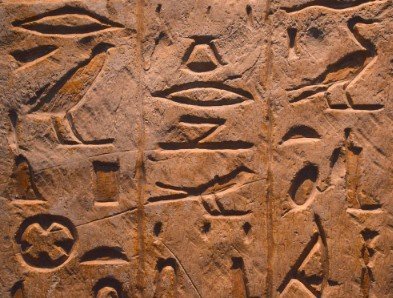
This writing evolved into Hieratic and then the Demotic script, both of which were a blend of angular and cursive figures, and like this, the first Calligraphy Art was created in the form of sacred writing on papyrus or the walls of important buildings. Learning to write them was a highly valued skill; that’s why only the priests and Kings, for the most part, had the opportunity and resources to learn them.
In the later cultures, this aspect would remain unchanged, that is the most learned, influential, and civilized got to have a grip over Calligraphy Art.
Read More: Egyptian Art: Discover the Magic of Egyptian God Art
Calligraphy as a Symbol of Power in Ancient China
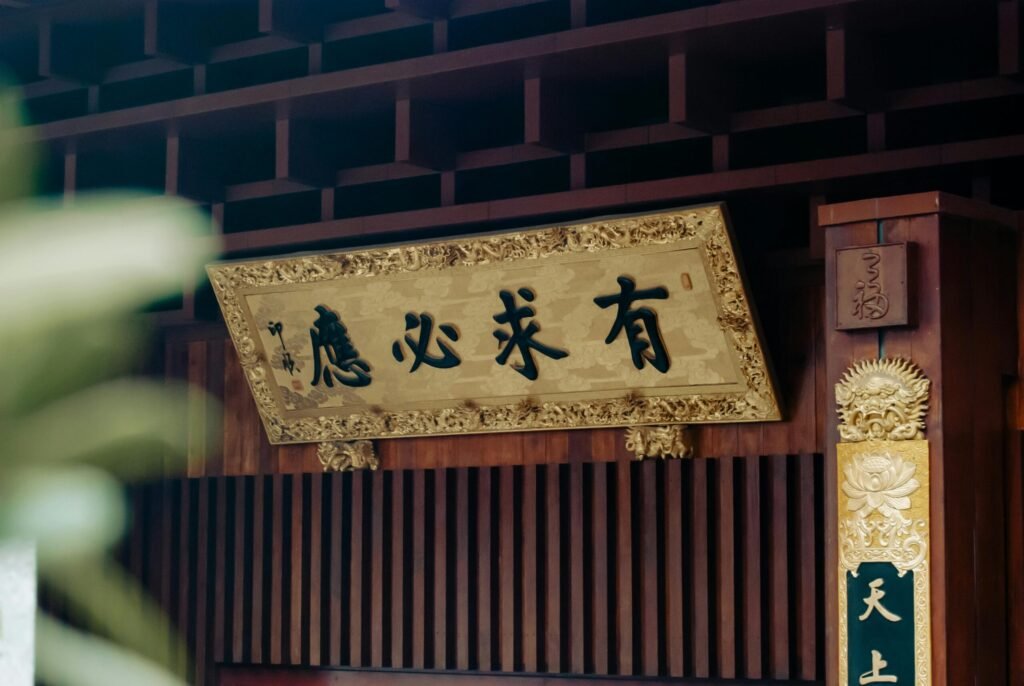
Similarly, in Ancient China, the emperors asserted their power and authority over their subjects, and the nobles set themselves apart as the best of the best or sophisticated by using their calligraphic scripts to issue Edicts engraved on walls and boulders across the country.
A Rebirth in the Christian World: Latin Calligraphy
With the arrival of Christianity, the tale of Calligraphy Art entered a new phase, a rebirth would be the best way to define to define it as nothing like it had ever seen before.
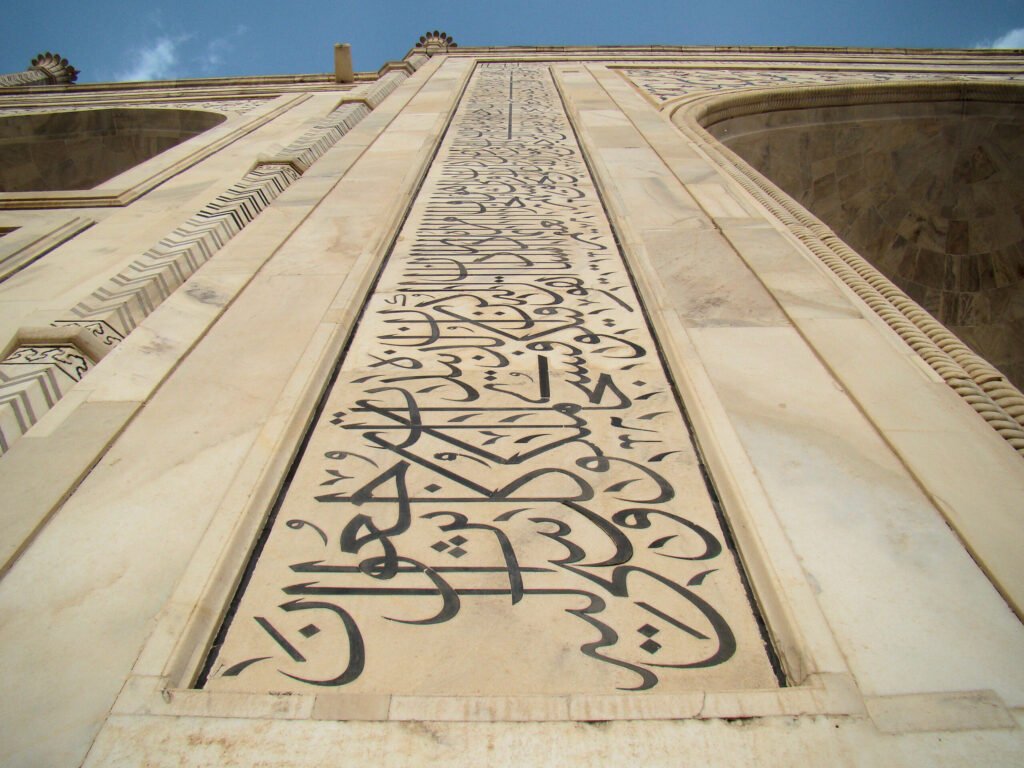
The Latin language was used in Europe by the Catholic priests in their monasteries to formulate the Carolingian Minuscule in the Medieval Times which was typically characterized by equally same letter heights and constant spacing. They were also clearly written, making them easy to read. Example includes the Gospel of Lothair by Alcuin of York and early Bible copies.
Gothic Script and the Rise of Public Literacy
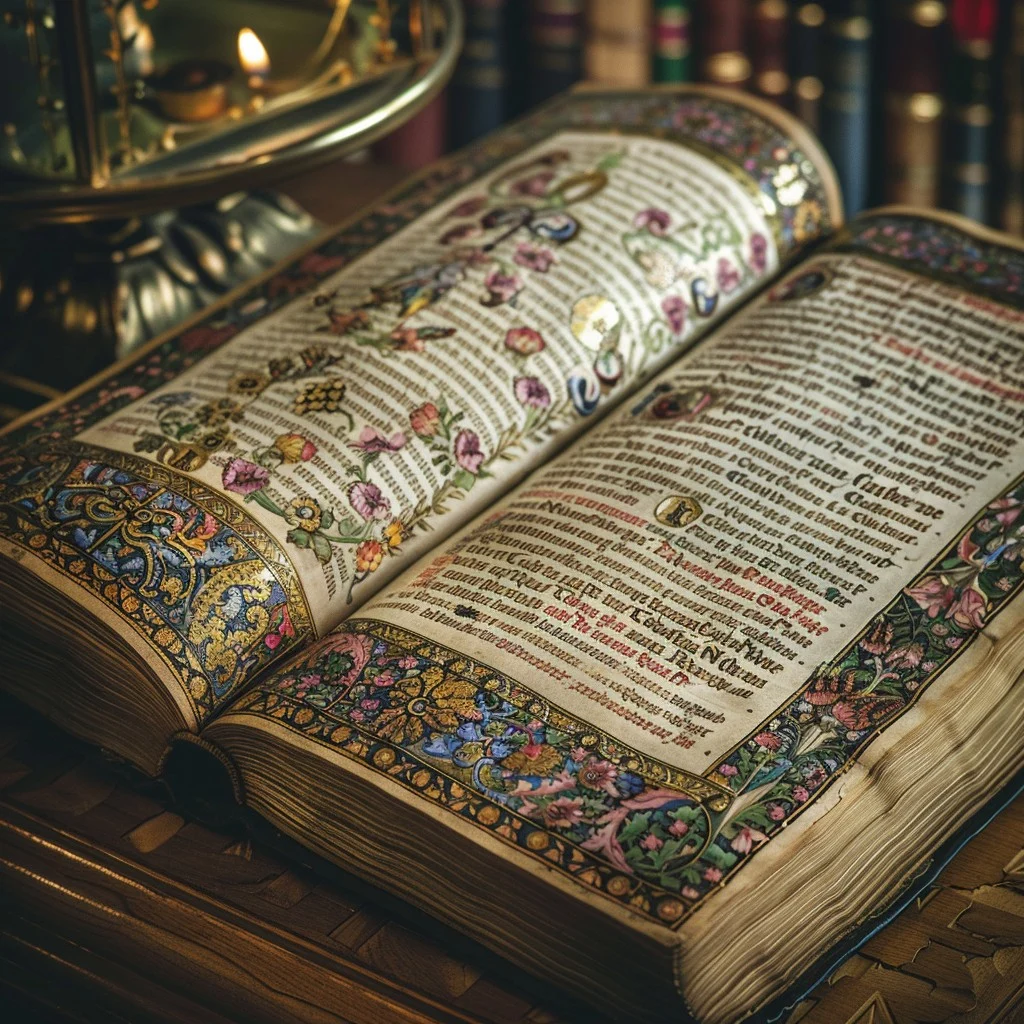
Carolingian Minuscule evolved into Gothic Script, which consisted of angular letters. This script was widely used on monuments such as churches and Cathedrals. Since the printing press had been invented by then, many Europeans were literate enough to read and write, thus making gothic script a common writing used in legal documents as well as works of literature.
Islamic Calligraphy: A Legacy of Spiritual Mastery
Around the same time Europeans were producing grand pieces in Calligraphy Art, their counterparts in the Muslim world were generating master pieces of their own in the form of Kufic & Naskh scripts, which later evolved into Nastaleeq for everyday use. Kufic originated from Kufa in Iraq and was used in the Quran as well as minted on the coins, while the Naskh was used for its practicality.
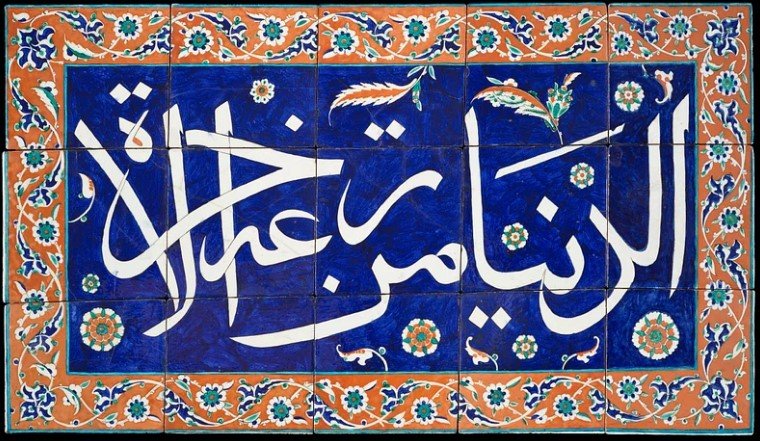
The spirit of Islam reignited the passion among Muslims to showcase the best version of themselves, and they realized early on that the best way to do that would be to master the Calligraphy. The likes of Ibn Muqla, Ibn al Bawwab & Yaqut al Musta Simi, to name a few, carved their names in the hall of fame of artistry.
Styles & Tools used in Calligraphy Art
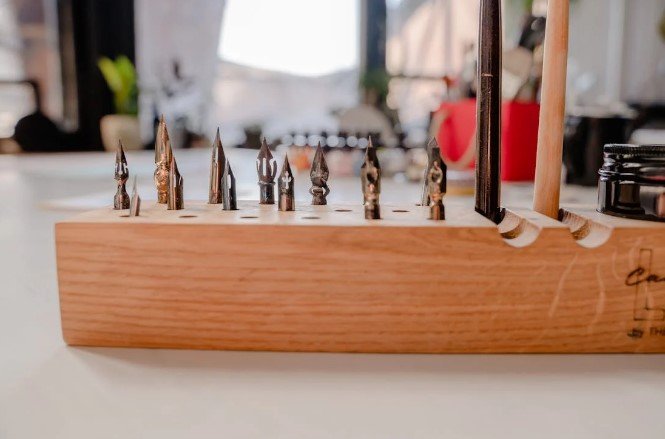
Now let’s learn about the styles and tools used by various cultures for Calligraphy Art. Every culture played a pivotal role in the world of Calligraphy, but they all developed in their distinct ways with what was easily available to them, as well as the inspiration behind developing it in a certain manner.
- Calligraphy Tools in East Asia: In the Far East, the Asian civilizations used hairs from horses to make brushes. They also pioneered the production of the first true paper easily available to the masses, made from tree bark. These horse hair brushes, being soft and smooth, were dipped in ink and rhythmically applied pressure on the paper.
- Calligraphy Tools in the Islamic World: In the Islamic world, reed pens, papyrus paper, and ink are used in Calligraphy art. The pointed shape of the reed pens inspires the Naskh and Thuluth scripts, and is used in Calligraphy usually for sacred purposes.
- Calligraphy Tools in the Western World: Lastly, in the Western World, the quill & dip pens are used. The quill pens are basically the feathers of the birds, and the dip pens have a pointed metallic nib that facilitates writing in formal styles such as the Copper Plate font.
Traditional Calligraphy Art in Contrast with Modern Calligraphy Art
Traditional Calligraphy Art, being associated with cultures, is naturally resistant to change and transition. It does not matter whether it is the 21st century or the Middle Ages, the fundamentals of such art are bound to stay the same, guided by strict rules and precise symmetrical shapes.
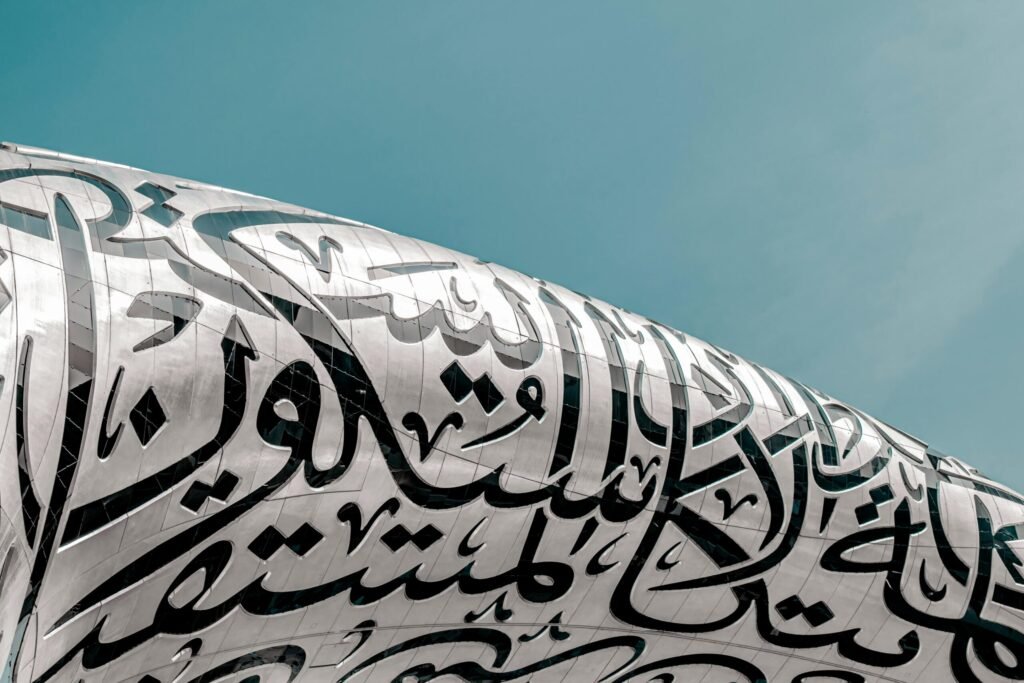
Preservation of ancient knowledge is the focal point of traditional Calligraphy. Furthermore, the historical scripts like Naskh, Nastaleeq, and Copper Plate are expected to be written using dip pens & brushes on paper even in modern times by the artists.
On the contrary, the modern Calligraphy embraces personal expression and a democratic mindset. It openly encourages the usage of digital tools and looser forms.
Conclusion: The Story of Calligraphy Art will go on
Calligraphy has transformed from an exclusive skill into an art form that is now widely accessible. In our fast-paced digital world, it offers a peaceful escape, encourages self-expression, and strengthens focus. This timeless craft continues to inspire and will remain a valued part of our cultural future.
About the Author:
This article is written by Zain Ul Abidin Yousuf Malik, a creative writer and brand storyteller passionate about bringing meaningful symbolism to life through words. With a special focus on emotional narratives, his work blends simplicity, clarity, and beauty to connect with readers of all ages. Currently contributing to Raiigani, a brand that celebrates femininity and freedom, Zain Ul Abidin Yousuf Malik crafts content that inspires, uplifts, and resonates.
